Discover how to build an effective sales funnel for online courses in 5 proven stages. Learn how to enhance student engagement and drive success.
Creating a sales funnel for your online course gives you a 1000ft view of your entire marketing process.
It helps you lay out a plan to generate awareness and convert interest into loyal, paying students – which is the ultimate goal!
Whether you're starting from scratch or already have some marketing strategies in place, this blog is here to help your avoid gaps that prevent your efforts from achieving their max potential.
In this blog, we'll look closely at each stage of the buyer journey and give you ideas and actionable tips to help you optimize your online course sales funnel!
What Is an Online Course Sales Funnel?
A sales funnel is a marketing strategy that maps out every stage of the sales process from the perspective of your target audience, from the initial awareness of your course to ultimate enrollment.
It’s split into several stages – each designed to move a curious visitor closer to becoming a paying student.
The Stages of an Online Course Sales Funnel
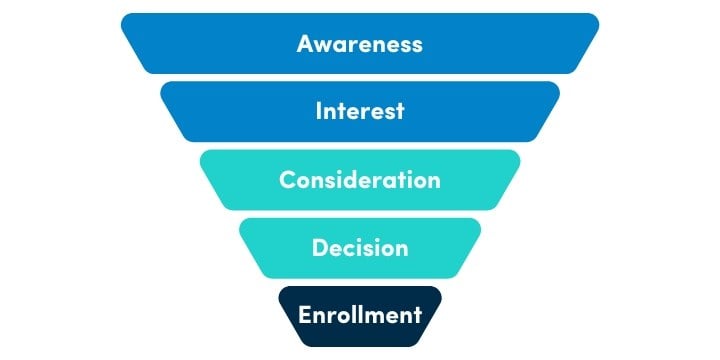
- Awareness: At this stage, your aim is to capture as much of your target audience as possible and get your name out there and spark interest in what you offer.
- Interest: Once aware, potential students need to see the value of your course. This is where you provide more detailed information about the course content, benefits, and outcomes.
- Consideration: At this point, prospects are evaluating whether your course is the right fit for them.
- Decision: It's crunch time! At this stage their looking at the small print and on the lookout for offers to seal the deal.
- Enrollment: They’re convinced! Now, make the process of purchasing the course as straightforward as possible. A seamless checkout experience can prevent last-minute abandonment.
NOTE: The customer journey isn't always one directional, and doesn't always pass through all of the stages.
For example, more decisive customers might jump from awareness to the decision stage, while more cautious customers might flit between interest and consideration multiple times before making a decision.
At each stage thing about how you can cater to these different customers. For example, you can add two calls to action (CTAs) at the end of your content marketing blogs:
- One directing decisive readers to the sales page
- The other inviting interested readers to sign up to your email newsletter or social media channels.
Why Your Online Course Needs a Sales Funnel
- Increased Visibility: By reaching out across various platforms, a sales funnel helps in creating widespread awareness of your course.
- Higher Engagement: Tailored content in the funnel engages potential students at various touchpoints, making them more likely to consider your offer.
- Boosted Conversions: A well-crafted funnel attracts prospects and effectively converts them into paying students, optimizing your marketing investment.
- Enhanced Student Experience: A sales funnel reduces friction in the purchasing process and ensures that students feel supported from their first interaction with your course.
- Data-Driven Adjustments: As you monitor how prospects move through your sales funnel, you can make data-informed adjustments to improve it, ensuring better results over time.
- Increased Revenue: By building interest and trust over time, you can improve the perceived value of your course and increase the average order value through upsells and cross-sells, as well as boost overall sales.
As you can see, a sales funnel isn't all about increasing numbers (though that's still a major perk) it also helps you establish lasting relationships with your students.
Online Course Sales Funnel Preparation
Before creating a sales funnel it's important to conduct research into your market. What products on offer? How does your product address the needs and challenges of your target audience?
This information will help you be more effective at every stage of the sales funnel. Here are some tips and strategies to help you build strong foundational knowledge for your sales funnel strategy:
- Research your target audience. You can use social media insights, surveys and questionnaires.
- Use this information to create one or multiple “buyer personas” to get a clearer understanding of the exact needs and pain points of your potential students. This will help you target your messaging more effectively.
Conduct competitor analysis to see what similar courses are on offer and help differentiate your course with unique selling points.
How to Create an Effective Sales Funnel for Online Course: 5 Key Stages
Creating a sales funnel for your online course is essential to attract, engage, and convert prospects into committed students.
Here’s a straightforward guide to building an effective sales funnel that will help you maximize enrollments and increase the success of your online course offerings.
Stage 1. Generate Awareness
At this initial stage, your primary goal is to make potential students aware of your online course.
You need to get into the spaces they frequently visit or are seeking out online.
For example, if your online course is about you could target platforms like Behance or Dribbble, where designers showcase their work, or create blog content on beginner-friendly design tips that rank well on search engines.
For each method you use, think about how you can advance them to the next stage of the sales funnel. Here are some ideas to help you:
- Content Marketing
Share valuable and relevant content like blog posts, infographics, and videos that resonate with your target audience.
👉Capture interested prospects by inviting them to subscribe to your email newsletter
- Social Media
Use social media platforms where your prospective students are most active to share course snippets, success stories, and useful tips.
👉Capture interested prospects by inviting them to subscribe/follow etc.
- SEO
Optimize your website and content with keywords that potential students are searching for to improve visibility in search engine results.
👉 Capture interested prospects by using lead magnets like free guides or course previews on high-traffic pages to collect their contact information.
- Paid Advertising
Invest in online course ads on social media or search engines to reach a broader audience.
👉Capture interested prospects by directing them to your course landing page
Stage 2. Build Interest
Once potential students are aware of your course, the next step is to nurture their interest. This stage is all about showcasing the value of your course and building trust.
By offering helpful content and engaging directly with your audience, you encourage them to take the next step – considering your course as the solution to their needs.
- Landing Page
Create a landing page optimized for conversions with compelling headlines, engaging visuals, and clear CTAs that highlight your course benefits.
👉 Direct prospects to the course checkout page or free trial sign-up to move them toward making a decision.
Read our blog on best practices for online course landing pages for more information.
- Social Media (Part 2)
Use social media to establish yourself as an expert. Post tips, behind-the-scenes content, and live Q&A sessions to demonstrate your authority and engage your audience.
👉 Guide prospects to your landing page or webinar registration for more in-depth information.
- Free Webinars
Host a live webinar to give attendees a preview of your course content, answer questions, and build a personal connection. Use interactive elements like polls and Q&A to keep participants engaged.
👉 Encourage attendees to sign up for your course or a free trial directly after the webinar.
- Other Free Resources
Offer downloadable resources like templates, ebooks, or reports to provide value while showcasing your expertise. Protect these resources behind a sign-up form to capture leads.
👉 Direct prospects to your email newsletter or a specific email series designed to nurture them further.
- Email Newsletter Welcome Series
When a lead signs up, send a sequence of emails that introduces your brand, shares your story, and highlights your course's benefits. Include testimonials, course previews, and actionable tips.
👉 Encourage readers to schedule a free consultation, watch a demo, or explore your course curriculum.
- Engaging Content
Ensure your blog content positions you as an authority by addressing common pain points and providing actionable advice. Use your blog to build credibility and create demand for your course.
👉 Include CTAs in your content that lead readers to your landing page, pricing page, free webinar, or other resources.
Stage 3. Reassure Them As They Consider
At this stage, your prospects are weighing their options and deciding if your course meets their needs. They might be subscribed to your newsletter, engaging with your social media posts, or exploring your landing page.
Now is the time to build trust and provide compelling reasons for them to move forward. Nurture their consideration and showcase your course's value with:
- Testimonials
Social proof is a powerful way to reassure hesitant prospects. Share real stories from past students highlighting how your course helped them achieve their goals.
💡Example: Include video testimonials on your landing page or email series, such as a student explaining how they landed a job or achieved mastery after completing your course.
- Case Studies
Provide in-depth examples of how your course has delivered results. A well-crafted case study can outline the problem, the solution your course provided, and the outcome.
💡 Example: Create a case study blog post about a student who started from scratch and became proficient in graphic design, then link this content to your course page.
- Free Trials
Allow prospects to experience your course firsthand. A free trial of your course or a limited preview gives them a taste of the teaching style, course layout, and value they can expect.
💡 Example: Offer access to the first module or a short mini-course with a CTA to “unlock the full course” when they’re ready to commit.
- Sample Lessons
Share snippets of your course content to demonstrate its quality and relevance. These lessons should be valuable enough to spark interest without giving away the whole course.
💡 Example: Upload a brief lesson to YouTube or share a snippet via email that ends with an invitation to explore the full course.
Stage 4. Help Them Decide
At this stage, your prospects are poised to make a decision. They’re actively considering your course but may need one final nudge to move forward.
This is where a compelling offer can make all the difference. Strengthen their confidence and encourage action with:
- A Limited-Time Discount
Create urgency by offering a discount that’s only available for a short period. This motivates prospects to act quickly to secure the savings.
💡 Example: Highlight a “20% off” deal that expires in 48 hours with OptinMonster banner ads or use OptinMonster's countdown timer to emphasize the limited timeframe.
- Bonus Content
Sweeten the deal by including exclusive extras that add value to your course. These can be supplementary materials, private coaching sessions, or access to premium resources.
💡 Example: “Enroll today and get a free workbook, a downloadable cheat sheet, and access to a bonus webinar on advanced techniques!” Display these extras prominently on your course sales page.
- Money-Back Guarantee
Ease any lingering concerns by offering a risk-free guarantee. A well-communicated money-back policy builds trust and reduces the perceived risk of committing.
💡 Example: “Not satisfied? Get a full refund within 30 days – no questions asked!” Include this prominently on your sales and checkout pages.
- Use Clear and Straightforward Calls-to-Action
Make it easy for prospects to take the next step with strong, action-oriented CTAs. Be direct, concise, and ensure the CTA button or link stands out visually.
💡 Example: Use CTAs like “Enroll Now and Save 20%,” “Claim Your Bonus Content,” or “Start Your Risk-Free Trial Today.” Place these CTAs at the end of emails, on landing pages, and prominently near your checkout button.
Stage 5. Streamline Enrollment
At this final stage, prospects are ready to convert into paying students. Your goal is to make the enrollment process as seamless and intuitive as possible.
Even small barriers can lead to abandonment, so focus on providing a smooth and hassle-free checkout experience with these strategies:
- Simplify the Checkout Process
Ensure the enrollment process is quick, with as few steps as possible. Avoid asking for unnecessary information that might frustrate or slow down your prospects.
💡 Example: Use a single-page checkout where students only need to enter essential details like their name, email, and payment information. Clearly display the total cost, and avoid surprises like hidden fees.
- Offer Multiple Payment Options
Make it easy for prospects to pay by providing a variety of payment methods, including credit cards, PayPal, and digital wallets. The more options you offer, the fewer barriers there are to completing the purchase.
💡 Example: Add payment icons (e.g., Visa, MasterCard, PayPal, Square) to the checkout page, and consider enabling one-click payment options for returning customers.
- Provide Clear Confirmation and Next Steps
After completing the payment, immediately confirm their enrollment and let them know what to do next. A clear and reassuring confirmation builds excitement and reduces any post-purchase anxiety.
💡 Example: Display a confirmation page or send a welcome email that says, “Thank you for enrolling! Here’s how to access your course materials,” along with login details and a quick-start guide.
Conclusion
By organizing your marketing efforts into a sales funnel, you'll maximize their impact, attract the right audience and ultimately generate more revenue for your course! $$$
When you think about the journey a prospective student takes and consider their mindset at each stage so you can tailor your messaging to meet them where they are.
This helps guide them from awareness to enrollment, providing just the right information at each step without overwhelming them.
From sparking initial interest to nurturing their consideration and ultimately leading them to decide, always keep one eye on where you want to guide them next.
Show value, build trust incrementally, and you’ll see rewards that go beyond enrollment – cultivating long-term student satisfaction and loyalty.
Ready to take the next step? Start building your online course sales funnel today! Got questions or need a bit of guidance? Drop them in the comments – we’re here to help you succeed!
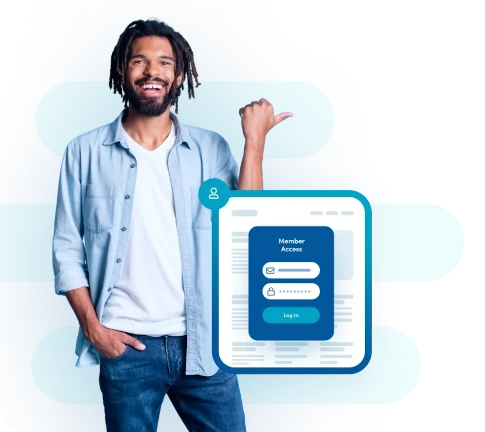
Get MemberPress Today!
Start getting paid for the content you create.
If you found this article helpful, follow us on Facebook, Twitter, Instagram, and LinkedIn!
Need some more marketing inspiration? We've compiled a list of 50 ways to market your online course!

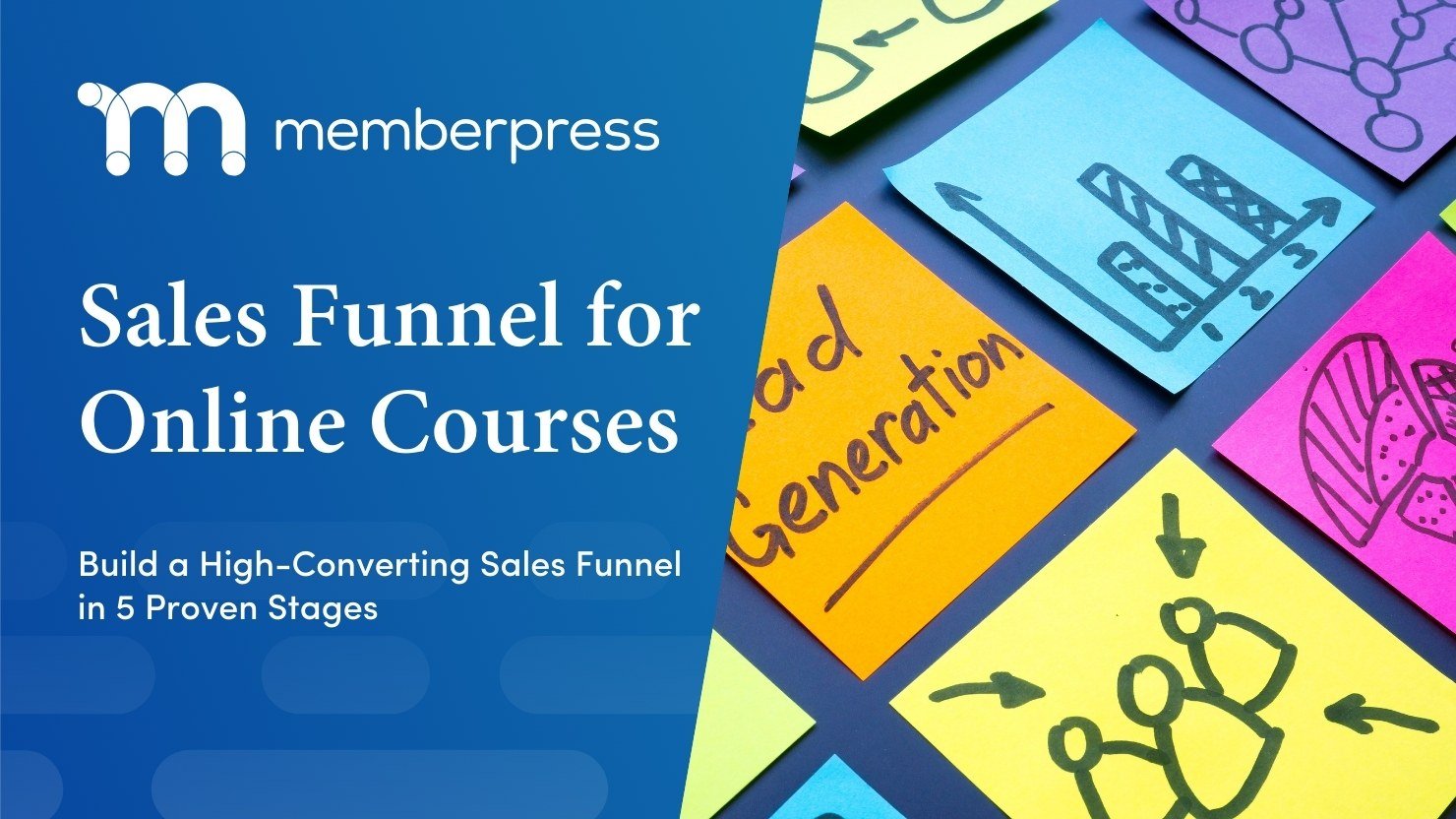



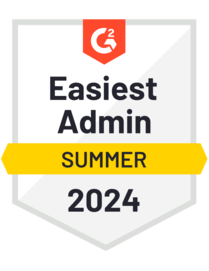
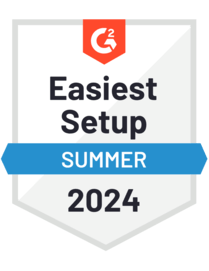

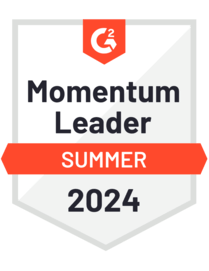

Great blog post – very detailed and helpful.
We’re glad you found it helpful, Jon!
This is a very helpful article for someone like me who is clueless and needs to get this done – thank you!
Thank you, Russell!
I like MemberPress concrete, nuts and bolts, approach to Membership sites.
Thanks, Chris! We’re happy to hear that 🙂
Now I just need to get out of my own way and make one. Thanks!
We’re rooting for you, Viv!